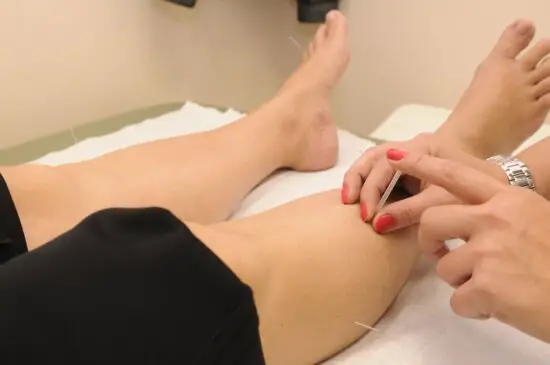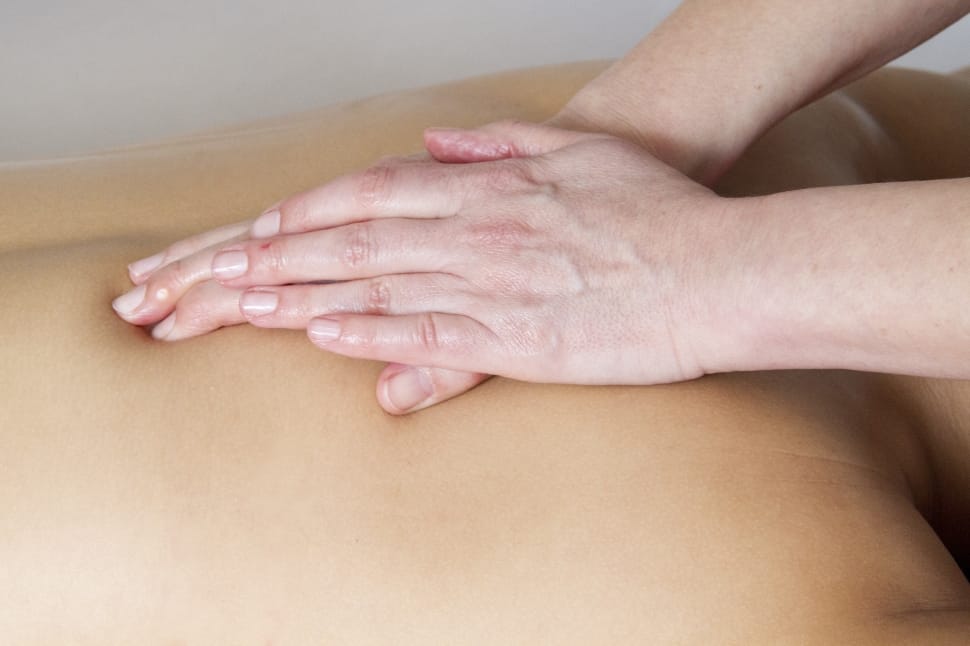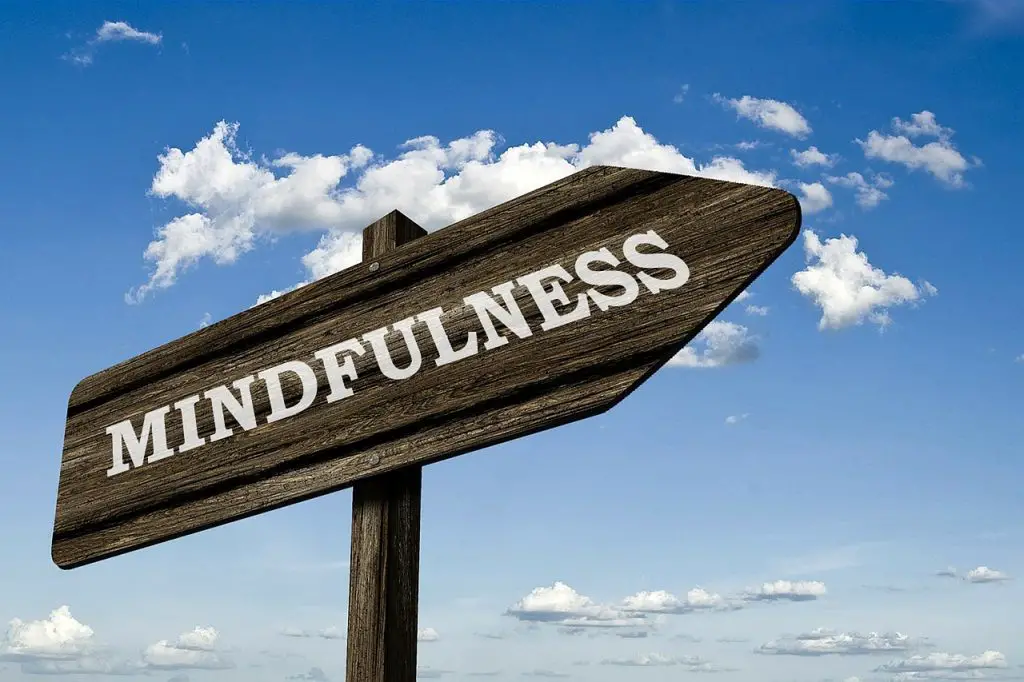If you’re looking for natural remedies for back pain and inflammation, you’ve come to the right place. In this blog, we’ll explore some of the best options for natural relief from these common afflictions. From herbs and essential oils to acupuncture and massage, there are many ways to find relief without resorting to medication. So read on and find out what might work best for you.
Contents
Walking And Avoiding Sitting For Long Periods
Walking and avoiding sitting for long periods are two natural remedies for back pain and inflammation. According to medical professionals, walking is the best exercise for people suffering from acute back pain. In fact, it is even recommended as the first-line treatment by healthcare providers. Walking helps to ease the pain by mobilizing the joints and muscles. It also helps to improve circulation and reduce inflammation.

However, bed rest is not recommended as it can actually lead to more pain and stiffness. Instead, people are advised to continue with their usual activities as much as possible. If necessary, normal activities can be modified to avoid strain on the back. For example, instead of bending down to pick something up, try squatting down instead. When sitting, try to avoid crossing your legs or sitting in one position for too long.
In addition to walking and avoiding long periods of sitting, other natural remedies for back pain and inflammation include gentle stretches, warm baths or showers, massages, and over-the-counter anti-inflammatory medications such as ibuprofen or naproxen. If the pain is severe, your healthcare provider may also prescribe stronger medications or recommend physical therapy.
Let Exercise Be Your Therapy
Chronic pain afflicts millions of people worldwide, and there is a growing body of evidence that points to exercise as a possible therapy. That’s good news for those who suffer from back pain and inflammation, as there are many different exercises that can help.

Yoga and Tai Chi are two popular examples, and both have been shown to be effective in reducing pain and improving quality of life. Yoga is an ancient martial art that emphasizes slow, controlled movements and deep breathing. Tai chi is similar but also incorporates elements of meditation.
Other activities like walking, swimming, and Pilates can also be helpful in managing back pain and inflammation. The key is to find an exercise that you enjoy and can stick with on a regular basis.
Have You Heard About the Alexander Technique Yet?
If you haven’t heard about the Alexander Technique yet, it’s time to catch up! This mind-body method has been around for over 100 years and has strong scientific support for its ability to reduce pain and inflammation, particularly in the back.
 The Alexander Technique is best learned through private lessons with a certified instructor.
The Alexander Technique is best learned through private lessons with a certified instructor.
You can find a teacher near you through the American Society for the Alexander Technique’s searchable database.
During a lesson, the instructor will use a gentle touch and verbal instruction to help you become aware of any bad habits you may be doing that are contributing to your pain. Once you are aware of these habits, you can begin to change them.
Over time, the Alexander Technique can help re-educate your body and mind, so that you move and sit in a way that is more efficient and causes less pain.
Many people who learn the technique report lasting relief from conditions like herniated disks, scoliosis, arthritis, and chronic back pain.
Acupuncture May Help Back Pain
Acupuncture is a traditional Chinese medicine technique that involves inserting thin needles into the body at specific points. It is often used as a way to relieve pain.
One theory is that acupuncture helps to balance the sympathetic nervous system, which can reduce pain. Another theory is that acupuncture triggers the release of natural pain-relieving opioids in the body.

There is some evidence to support the use of acupuncture for back pain. In 2012, the American College of Physicians published clinical practice guidelines that advised the use of acupuncture for treating chronic low back pain. The guidelines were based on a review of the available evidence, which found that acupuncture may help provide relief for some people.
Acupuncture is generally considered safe when performed by a trained professional. The most common side effect is temporary discomfort at the needle site.
Acupuncture is not a quick fix and typically requires several weeks of treatment before any benefit is seen. Improvement may be gradual and continue for several weeks after treatment is stopped.
Do You Like Massage Therapy?
Do you like massage therapy? It is a more popular treatment than ever for chronic pain, especially low back pain, according to a new research review. More and more people are trying massage for themselves, and many say they like it.
The new review, which looked at 17 earlier studies of massage for low back pain, found that the evidence is mixed. Some studies showed that massage can be helpful, while others showed it may not be any more effective than other treatments. The quality of the studies was generally poor, which means that we don’t have strong evidence in one way or another.

This doesn’t mean that massage isn’t worth trying. If you have chronic pain, it may be worth considering as an adjunctive treatment (in addition to other treatments you’re receiving). It may provide short-term relief from pain and inflammation. Additionally, it may help with depression and anxiety associated with chronic pain. If you do decide to try massage therapy, be sure to find a qualified therapist who has experience treating people with chronic pain.
Mindfulness-based Stress Reduction (MBSR)
Mindfulness-based stress reduction (MBSR) is a mindfulness-based program that was developed by John Kabat-Zinn at the University of Massachusetts Medical School in the 1970s. MBSR uses a combination of mindfulness meditation and yoga to help people cope with stress, pain, and illness.
The program is typically eight weeks long and includes a yoga component. Participants are taught how to meditate and are encouraged to practice yoga and meditation at home. They are also given homework assignments designed to help them incorporate mindfulness into their everyday lives.

MBSR has been shown to provide short-term benefits for people with low back pain, including reduced pain, improved function, and increased satisfaction with life. In one study, participants who took part in an MBSR program had greater reductions in pain intensity and disability than those who did not participate in the program.
In another study, people with chronic low back pain who participated in an MBSR program had greater improvements in function than those who did not participate in the program. These benefits were maintained at follow-up visits three months after the end of the program.
MBSR may also be beneficial for other conditions such as fibromyalgia, headaches, IBS, depression, anxiety, and cancer.
Have You Tried Spinal Manipulation Yet?
Spinal manipulation is a type of chiropractic care that uses controlled force to ease muscle tightness and pain in the back, neck, and other joints. It’s a widely used adjunctive treatment — meaning it’s often used in addition to other forms of care — for back pain and other conditions.

Healthcare providers who perform spinal manipulation include:
- Chiropractors
- Osteopathic physicians
- Some physical therapists
- Some massage therapists
Spinal manipulation generally involves:
- A health care provider using their hands to apply controlled force to a joint
- The goal is to improve the range of motion and ease muscle tightness or pain
- It’s usually done for short periods of time (usually less than 5 minutes) at a time
The evidence behind spinal manipulation for back pain is conflicting. Some studies suggest that it can be helpful for certain types of back pain, while other studies suggest that it provides no benefit or only modest benefits. However, some people do find that it eases their back pain, so it may be worth considering if you’ve tried other treatments without relief.
Great Potential In Herbal Medicines
Herbal medicines offer great potential in the treatment of back pain and inflammation. According to clinical practice guidelines, herbal medicines are effective and well-tolerated when used to treat back pain and inflammation. However, it is important to consult with a healthcare provider before taking any herbal medicines, as some may interact with other medications or have negative side effects.
Some of the most commonly used herbal medicines for back pain and inflammation include white willow bark, Symphytum officinale, and Salix alba. White willow bark has been used for centuries to treat pain and inflammation. It contains compounds that are similar to those found in aspirin, which makes it an effective pain reliever. Willow bark can be taken orally or applied topically to the affected area.

Symphytum officinale, also known as comfrey, is another popular herbal remedy for back pain and inflammation. Comfrey contains compounds that help to reduce inflammation and promote healing. It can be taken orally or applied topically.
Salix alba, also known as white willow, is another herb that has been used for centuries to treat pain and inflammation. White willow contains compounds that are similar to those found in aspirin, which makes it an effective pain reliever. Willow can be taken orally or applied topically to the affected area.
Inversion Therapy Can Help
Inversion therapy is a technique that uses gravity to decompress the spine and take pressure off the discs and nerves. This type of therapy has been used for centuries to treat back pain, sciatica, scoliosis, and other conditions that cause pain and inflammation.
The theory behind inversion therapy is that it can help to relieve pain by taking pressure off the spine and discs. It can also improve circulation and reduce inflammation.
Inversion therapy is not suitable for everyone, and there are some people who should not use this type of therapy. If you have any medical conditions, such as high blood pressure, heart disease, or glaucoma, you should speak to your doctor before you try inversion therapy.
There are many different ways to do inversion therapy. The most common way is to use an inversion table, but there are also chairs and devices that allow you to hang upside down from your ankles or knees. If you are thinking about trying inversion therapy, it is important to find a qualified instructor who can show you how to do it safely.
Frequently Asked Questions
Which herb is good for back pain?
There is no herb that is good for back pain. However, herbs such as ginger, turmeric, and Boswellia may be helpful in reducing inflammation and pain.
How can I reduce inflammation in my back naturally?
There are many ways to reduce inflammation in the back naturally.
Some methods include:
- Taking anti-inflammatory medications such as ibuprofen or aspirin
- Applying ice or heat to the affected area
- Exercising regularly
- Stretching the back muscles
- Practicing good posture
- Inversion therapy
What causes inflammation of the back?
There are many possible causes of inflammation of the back, including muscle strain, arthritis, and infection.
natural remedies, back pain, pain relief, essential oils, anti-inflammatory properties, essential oil, side effects, back pain relief, chronic inflammation, natural pain relievers, chronic pain, herbal remedies, physical therapy, heat therapy, cherry juice, fish oil, home remedies, fatty acids, joint pain, blood flow, physical activity, natural treatments, ice pack, weight loss, anti-inflammatory foods, muscle pain, anti-inflammatory agents, green tea, olive oil, peppermint oil, lower back pain, bulging discs, chiropractors, chiropractic care, back pains, cannabidiol, platelet-rich plasma, lower back, herniated, endocannabinoid, osteoarthritis, tendonitis, acupuncturist, CBD oil, pain relief, sciatica, Graston technique, chiropractic adjustments, asanas, opioids, fish oil, spinal adjustments
Conclusion
If you are experiencing back pain, it is important to see a health professional to get an accurate diagnosis and develop a treatment plan. There are various approaches that can be effective for treating back pain, so it is important to work with your health professional to find the best approach for you.
There are also many natural pain-relieving strategies that can be used to help manage back pain. These strategies can be used alone or in combination with other treatments. If you are interested in exploring natural remedies for back pain, please talk to your healthcare provider to ensure that they are safe for you to use and that they will not interfere with any other treatments you are receiving.

James Nystrom is a leading researcher in the field of hip pain. He has spent his career studying the latest treatments and techniques for relieving hip pain, and he is known for his innovative approach to care. He is passionate about helping his patients find relief from their pain and improving their quality of life. He is also a huge fan of inversion therapy and all things related to health and well-being.

